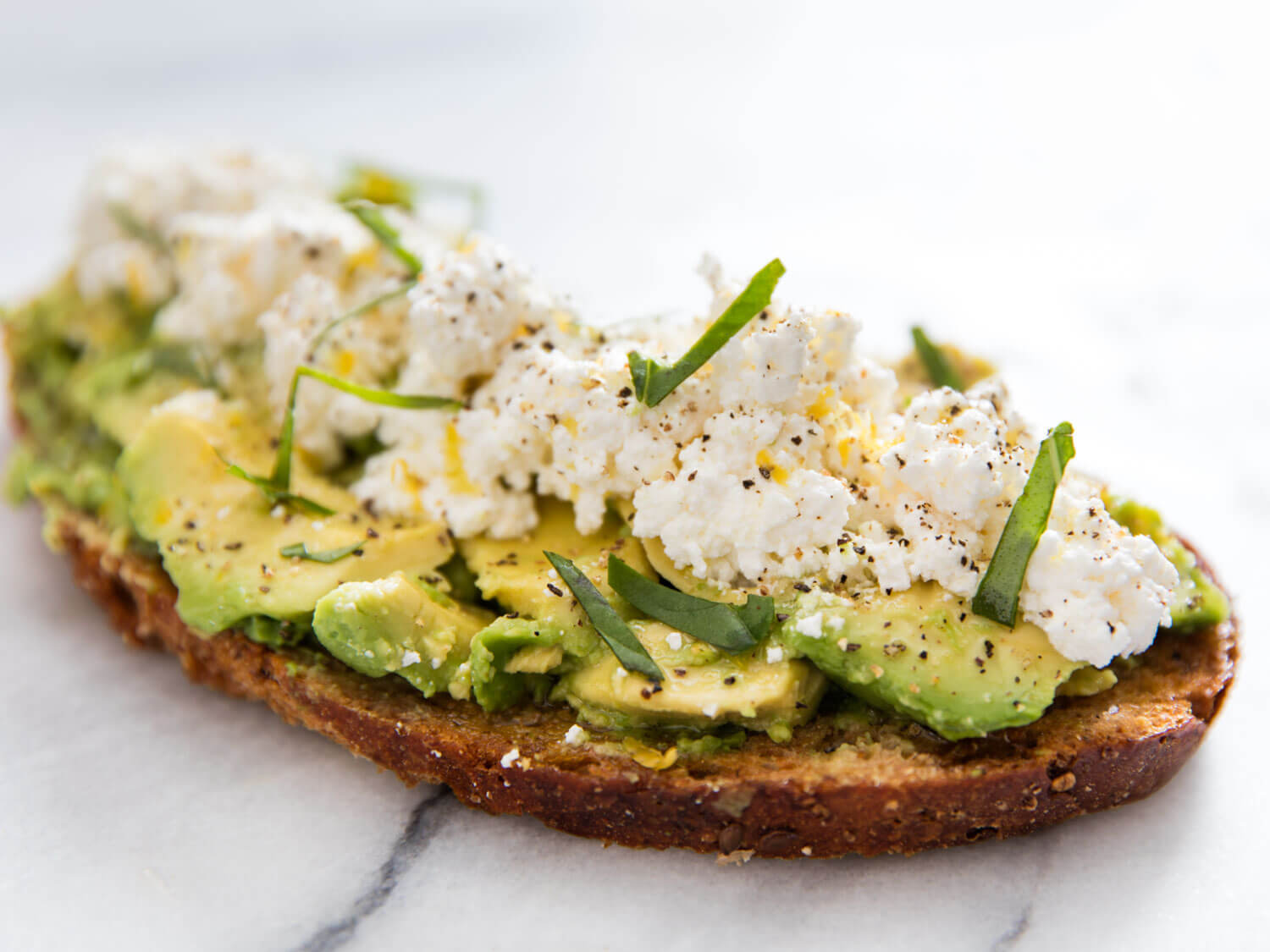FoodWage

Homemade Ricotta
Ingredients for servings
-
2 liters whole milk, not ultra-pasteurized see note
kosher salt, optional see note
-
40 ml distilled white vinegar or fresh lemon juice see note
Directions
Fill a pot with the milk. Stir in salt, if using. Heat over medium heat until milk registers 85°C on an instant-read thermometer.
Add vinegar or lemon juice and stir briefly to incorporate. Curds should begin forming almost immediately; stop stirring as soon as they’ve formed throughout the pot.
Without stirring, continue to hold curdled-milk mixture at 85°C for 20 minutes. It’s okay if the temperature fluctuates down to 79°C or up to 88°C, but try to keep it in that zone for the full 20 minutes.
Line a fine-mesh strainer with paper towels or cheesecloth. Using a slotted spoon, transfer curds to strainer and let stand until excess liquid has drained away.
Exactly how long to let it drain depends on whether you want a moister final product or a drier one. Do not try to pour all the milky liquid through the strainer, as this will clog it and prevent the liquid from flowing through.
Drained ricotta can be refrigerated, covered, for up to 2 days, though it is best when freshly made.
Notes
Heating the milk to between 79°C and 85°C will produce a light and tender curd, without requiring a large dose of acid.
Using the minimum acid necessary for a decent yield, and absolutely no more than that, ensures the ricotta tastes milky and sweet, not sour.
Holding the curds at a high temperature for about 20 minutes allows a more true ricotta flavor to develop.
This recipe can be scaled up or down as desired. You can use pasteurized milk, homogenized milk, and/or cream-line milk, but do not use ultra-pasteurized milk, as it will not work.
Distilled white vinegar creates the most neutral flavor, while lemon juice adds just a touch of lemony flavor; that can be good in some applications (like, say, if you’re dolloping the ricotta onto pancakes*, but may not be desirable in others.
I prefer not to add salt, since the ricotta can always be seasoned later, but feel free to add a pinch if you like.